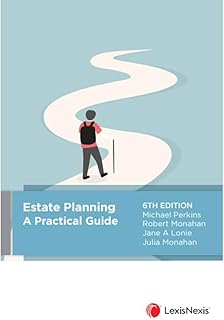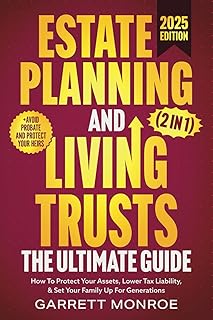Estate planning involves considerations beyond one’s lifetime, extending to the distribution of superannuation assets posthumously. Proper preparation can help loved ones avoid excessive taxation on inherited super balances. Experts emphasize the importance of strategic planning to maximize the financial benefits for beneficiaries.
Terry Vogiatzis, a seasoned financial advisor, highlights the implications of nominating direct beneficiaries for super balances. By designating a beneficiary directly, the super balance bypasses estate taxation, potentially saving beneficiaries from additional levies. However, non-tax dependent beneficiaries may face taxation up to 15%, alongside a 2% Medicare levy.
Alternatively, nominating the executor of one’s will as the beneficiary can optimize the distribution of super assets. While the estate may still be subject to a 15% tax, bypassing the Medicare levy through the executor route can preserve more of the balance for loved ones. This approach involves ticking a specific box on the death benefit nomination form to categorize the super balance as part of the estate.
Adjusting beneficiary nominations is crucial in changing circumstances, such as the demise of a spouse or a child reaching adulthood. Trustees of super funds can provide updated nomination forms upon request, enabling individuals to align their estate planning with current circumstances. This flexibility ensures that super assets are distributed according to the individual’s evolving wishes.
For those nearing the end of life, withdrawing the super balance and passing it on as a non-taxable estate asset is a potential strategy to circumvent superannuation taxes. However, this approach carries risks associated with the inclusion of the withdrawn amount in taxable income. Consulting with financial advisors is advisable to assess the viability and implications of this method.
Financial planner Charlie Daher suggests a “cash-out/re-contribution” strategy for minimizing tax liabilities on super balances with taxable components. This technique involves withdrawing a portion of the balance and reinvesting it as a non-concessional contribution, thereby reducing tax obligations. Eligibility for this strategy hinges on several criteria, necessitating expert guidance to navigate the complexities.
Government resources like the MoneySmart website offer valuable tools for managing financial affairs and accessing professional advice. Seeking assistance from qualified advisors can aid individuals in optimizing their estate planning strategies and minimizing tax burdens on superannuation assets. It is essential for readers to seek personalized financial advice tailored to their unique circumstances.
📰 Related Articles
- Maximize Tax Benefits with Strategic Super Contribution Planning
- Maximize Superannuation Benefits: Expert Tips for Overseas Access and CGT
- Maximize Retirement Savings with Strategic Superannuation Contributions
- Beginner’s Guide: Maximizing Superannuation Benefits for Retirement Planning
- Viridian Financial Group Enhances Efficiency Through Strategic Alignment





